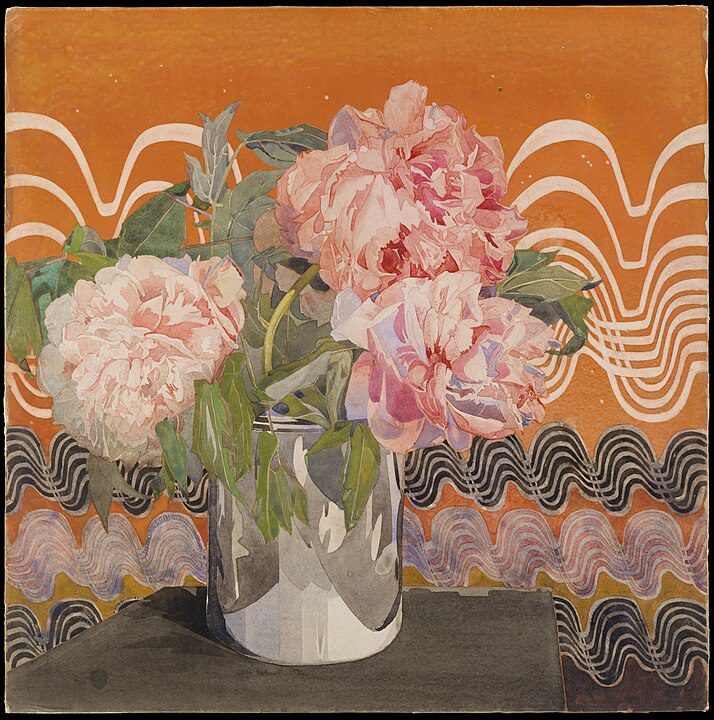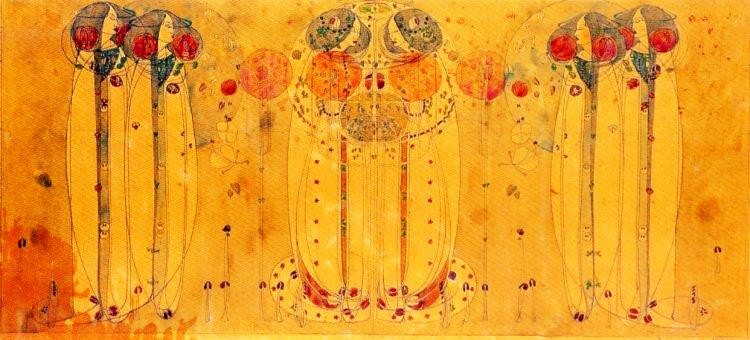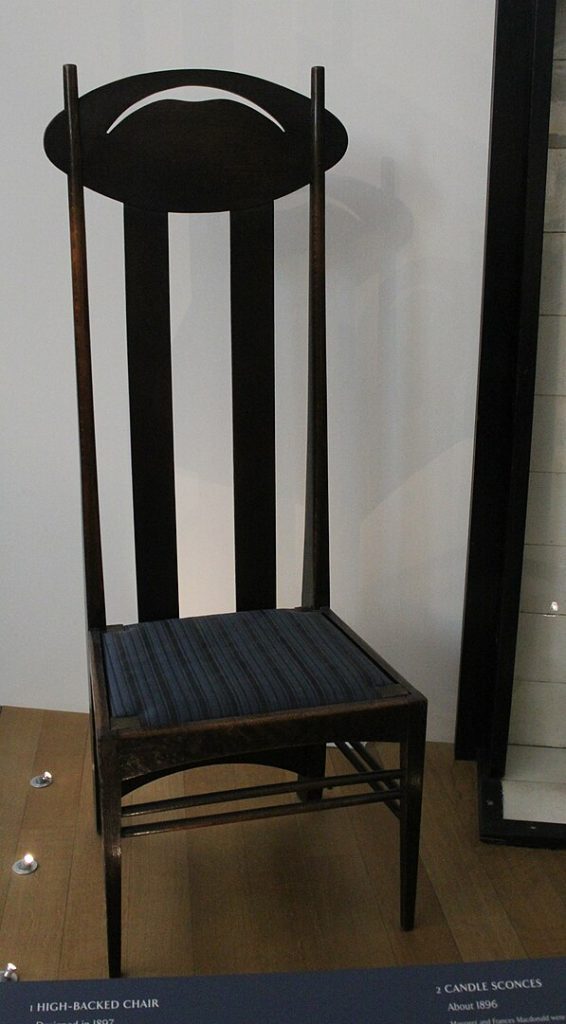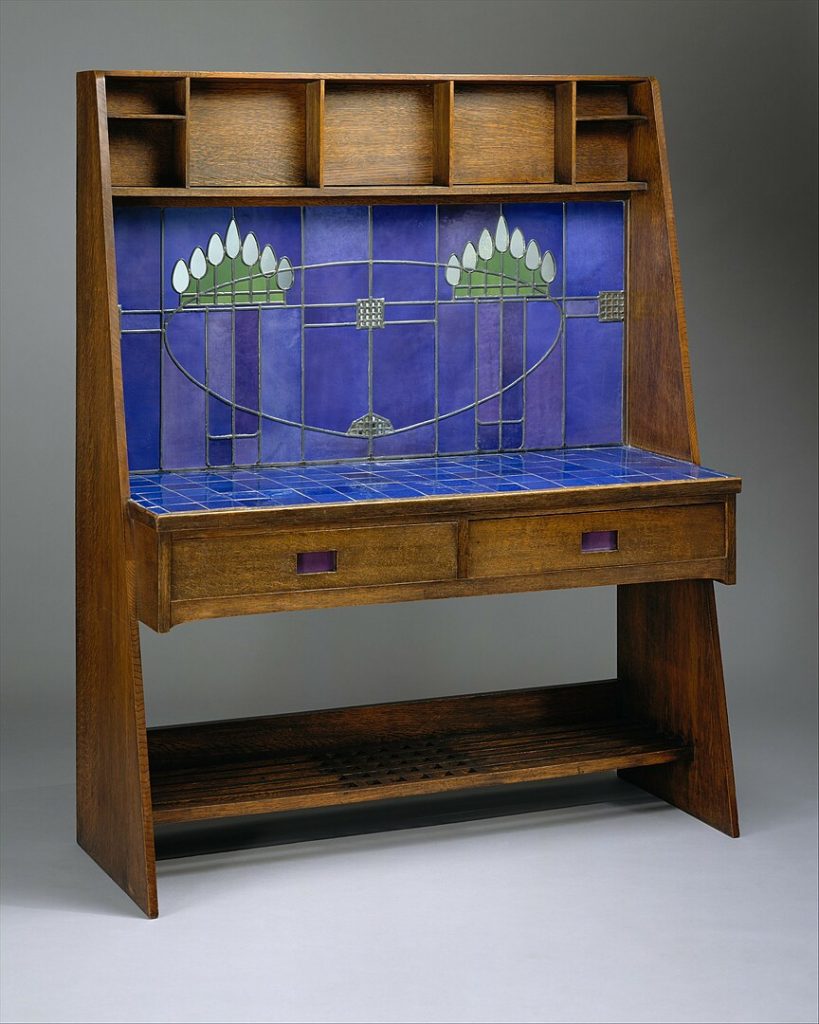
Charles Rennie Mackintosh, a Scottish architect, designer, and artist, was born on June 7, 1868, in Glasgow, Scotland. Mackintosh’s innovative and visionary approach to design would come to define the Glasgow Style and make him one of the most influential figures in the Art Nouveau movement.

Mackintosh received his formal education at the Glasgow School of Art, where he studied architecture and design. Influenced by the Arts and Crafts movement and the principles of Japanese design, Mackintosh’s early works reflected a fusion of traditional craftsmanship and modern aesthetics.

One of Mackintosh’s most iconic achievements was his design of the Glasgow School of Art building, which remains one of his most celebrated works. The building, completed in 1909, exemplifies Mackintosh’s distinctive style, characterized by clean lines, geometric shapes, and a harmonious integration of form and function.

In addition to his architectural achievements, Mackintosh was also known for his furniture designs, textiles, and watercolor paintings. His furniture designs, such as the iconic “Willow Chair” and “High-back Chair,” showcased his mastery of form and his ability to create elegant and innovative pieces that transcended the limitations of traditional design.

Mackintosh’s watercolor paintings, characterized by their bold colors and abstract compositions, were a reflection of his fascination with nature and the organic world. His landscapes and floral studies captured the essence of the Scottish countryside with a sense of lyrical beauty and emotional depth.

Despite facing professional challenges and setbacks throughout his career, including the rejection of some of his architectural designs and financial difficulties later in life, Mackintosh remained dedicated to his craft. His unwavering commitment to artistic integrity and his innovative vision earned him widespread acclaim as one of the most important figures in the history of design.

Mackintosh’s legacy continues to resonate in modern-day Scotland and beyond, where his designs are celebrated for their timeless elegance and progressive spirit. His works are featured in museums and galleries around the world and are treasured as a testament to the enduring power of creativity and innovation.

In conclusion, Charles Rennie Mackintosh’s contributions to architecture, design, and the arts are a testament to his pioneering spirit and his enduring influence on the world of design. His innovative approach to form and function continues to inspire designers and artists to this day, ensuring his place as one of the most revered figures in the history of design.




